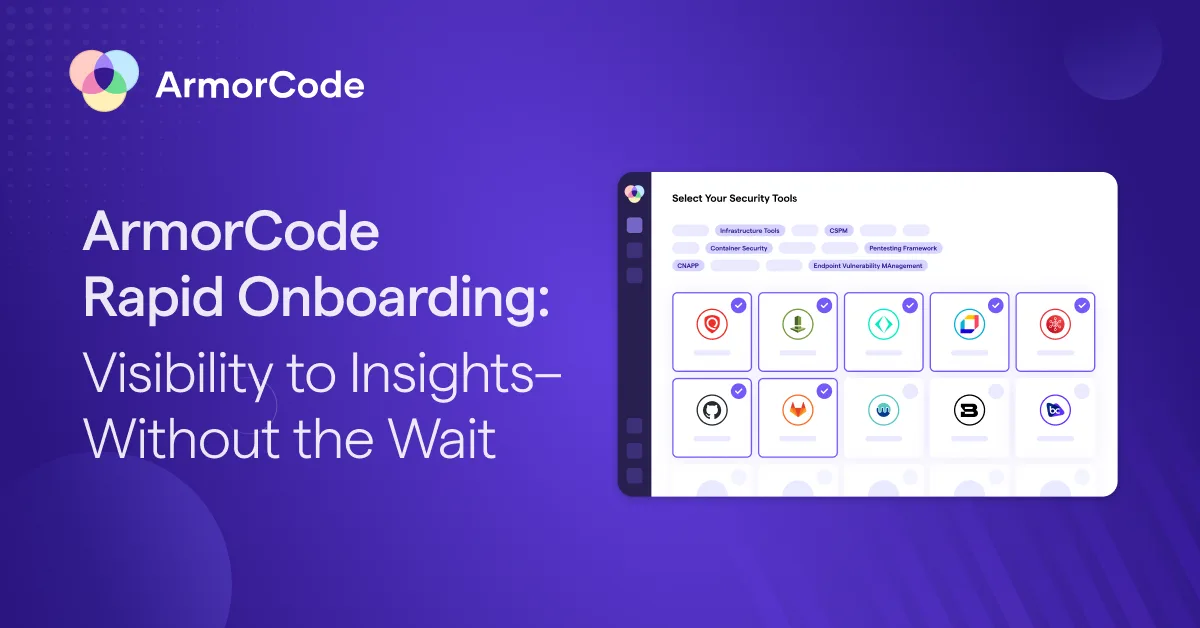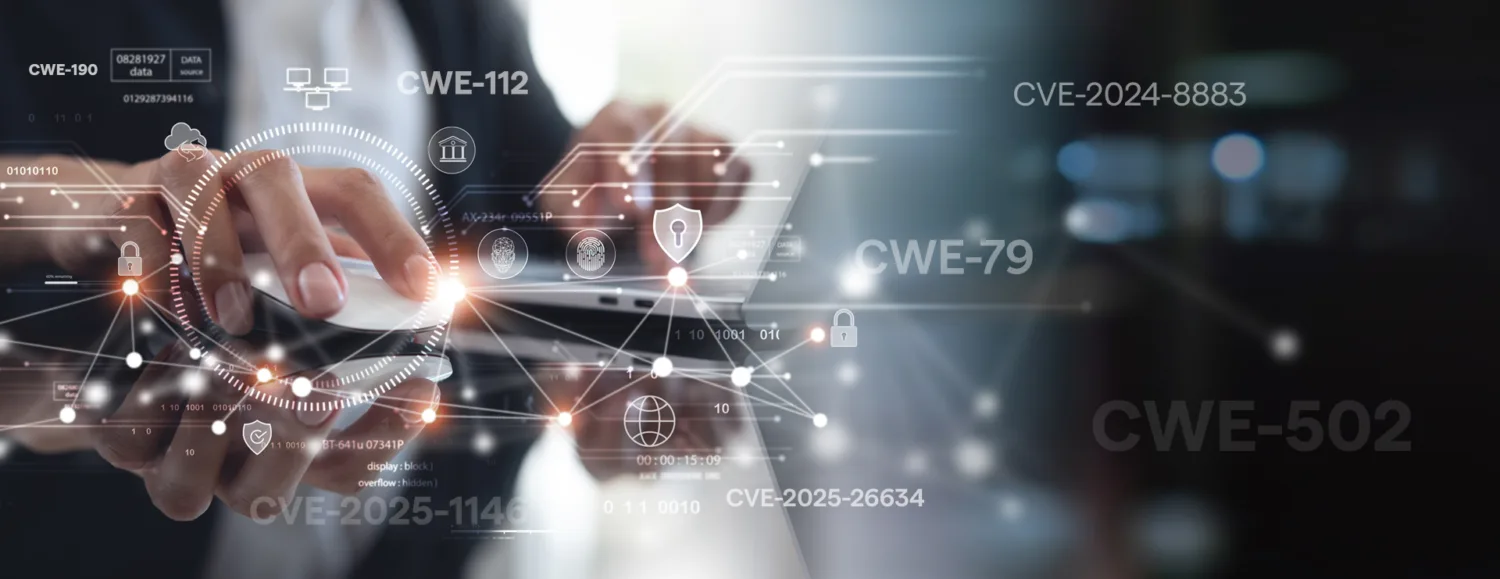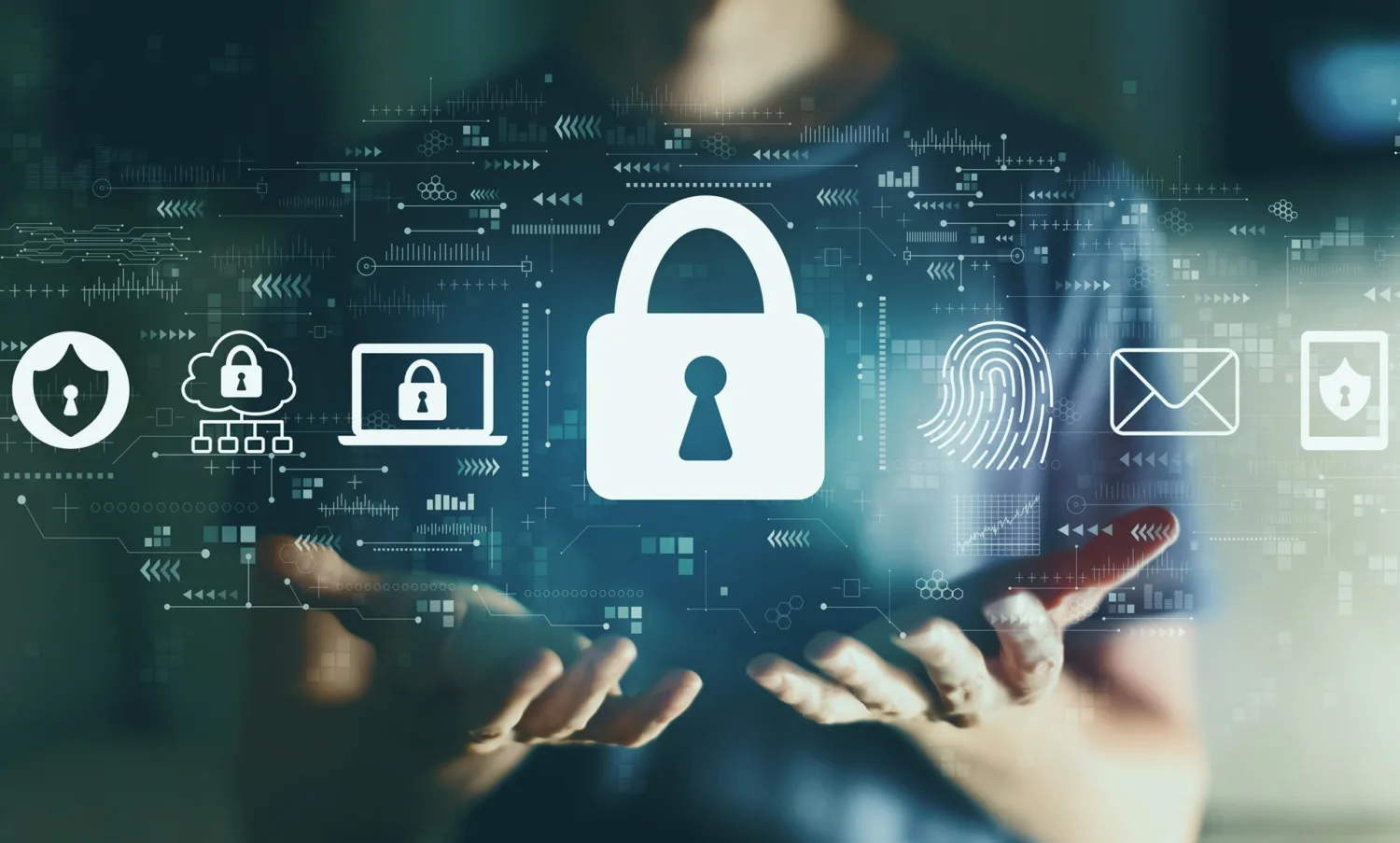Why Independent Governance is the Right Approach for Securing Modern Organizations

Modern security programs rely on three pillars – People, Process, and Technology. Maturing all three areas is necessary for a robust enterprise security program. Today, I want to talk a bit about Process in regards to managing and reducing risk.
Reducing risk is a core tenant and responsibility of a software security program. Successfully doing so requires security teams to be able to address the needs and realities of the business at a leadership level and the engineering teams at the development level. Handling the full scope of the organization requires strong processes, meaning governance and guardrails that are uniformly implemented and accepted.
What do I mean by governance and guardrails? At its core, governance is all about establishing and adhering to best practices, well-defined rules, and agreed upon security postures. While governance provides the overarching framework and visibility, it’s the implementation of guardrails that ensures security best practices are followed. The world is moving from monolithic applications to microservices and faster releases. Security teams have the job of building the rules and constraints of this world, empowering developers to move fast and build the features. The guardrails here are boundaries from the security team that developers have the flexibility to work within.
The role of governance and guardrails in modern organizations
Risk is a universal challenge, irrespective of the technological underpinnings of a business. Whether an organization relies on legacy systems or cutting-edge cloud infrastructure (or quite commonly, a mix of both), the potential impact of a security breach on revenue, operations, and customer trust remains constant.
Ultimately, business stakeholders are concerned with business outcomes, not the intricacies of technology. They seek assurance that their critical applications are protected, SLAs are met, and security aligns with business objectives. Governance and guardrails are the means for security teams to articulate and meet these needs at the leadership level. This means that governance must provide this visibility and consistent outcome no matter what is happening under the hood at the technology level.
However, while leadership needs a consistent view of risk, development needs flexibility. Modern business is dynamic, characterized by mergers, acquisitions, and rapid technological change. Engineers must have the flexibility to deliver the best business outcomes through their development work, which means security teams must adapt their work to support developers, not the other way around. For this audience, governance and guardrails must be able to work with any underlying technologies, environments, or architectures, and support innovation and change.
This puts security teams in a position of needing processes that can deliver a uniform outcome in one direction and support any underlying technology and rapid changes in the other. This is difficult, but there is one ideal approach for security teams to make this a reality: creating an independent governance and guardrails layer.
The power of independence for governance and guardrails
Designing security processes independent from underlying technologies gives security teams the power to deliver consistency to leadership and maintain agility with development teams. By decoupling governance from underlying scanning and security technologies, organizations can create a more adaptable, efficient, and scalable software security program.
Independent governance and guardrails helps security teams meet the needs both for leadership/business and for development teams.
By maintaining an independent governance and guardrails layer, security teams are more resilient and future-proofed for whatever changes development teams require. When governance is tied to specific scanning tools, organizations are locked into a particular ecosystem and what the scanners can support and integrate with. This adds constraints to the security-development dynamic. Business realities, be it M&A or the use of new languages and technologies, will impact application development. If developers decide to change languages, security can’t say no, and may have to bring in different scanners to handle it. The same holds for M&As, as bringing in a different environment will come with different technologies. If governance is tied to specific scanners, security teams would have to break the entire governance layer to handle changes that those scanners can’t support.
Centralizing governance and guardrails in a single independent platform likewise sets up security teams to best meet the needs of leadership and the business. Leaders don’t care what technologies or tools are used to create reports or secure the business. They care about the outcome of the reports or security work. Managing your policies and risk is much easier in an independent platform because security teams can abstract away from the tool-to-tool communication and connections. Everyone gets the same visibility, automation, prioritization, and insights with a platform, regardless of what the scanning technologies are being added, removed, or changed.
In short, separating how you run and manage the Process pillar (e.g. governance and guardrails) from your Technology pillar (e.g. scanners and security tools) brings agility, resilience, and efficiency to your security program, enabling security teams to best support leadership and developers while maintaining best-of-breed tooling and future proofing against any changes coming their way.
Driving independent governance with ASPM
At ArmorCode, we’re firm believers in the power of governance and guardrails that are not tied down to specific scanning technologies. It’s why our AI-powered ASPM Platform brings no scanner bias. Why we’re able to support an industry-leading 250+ integrations with security scanners and tools of all types, across applications, infrastructure, containers, cloud, and more. Why we’re able to drive innovative AI capabilities on top of our volume, variety, and validation of security data with more than 10 billion findings processed. And it’s why we’ll continue to drive innovation that helps security teams meet the needs of the business and of developers at the same time.



